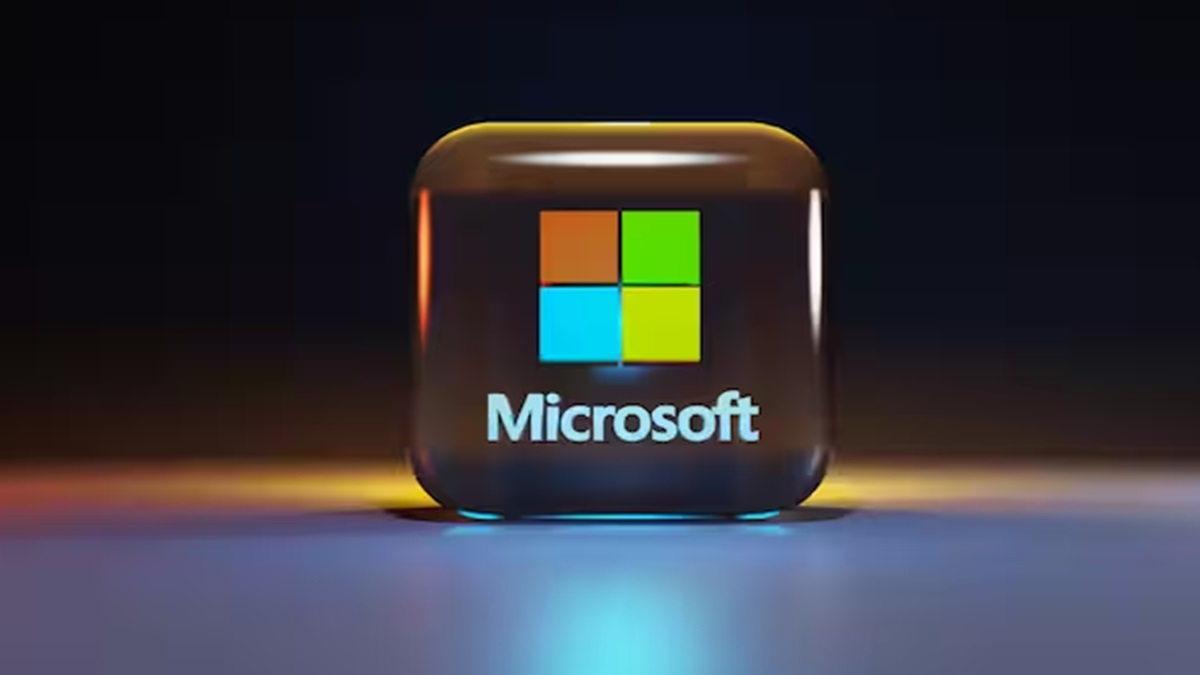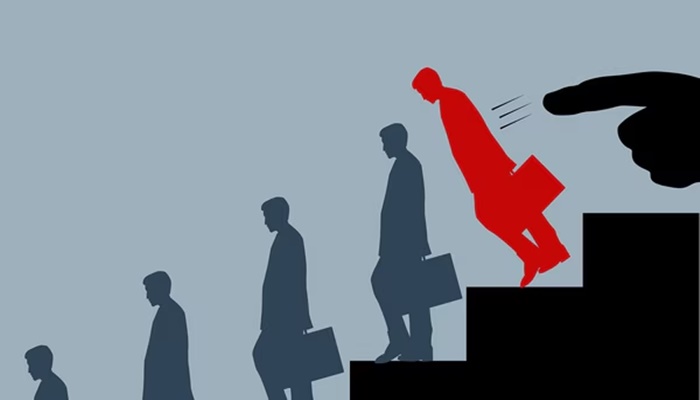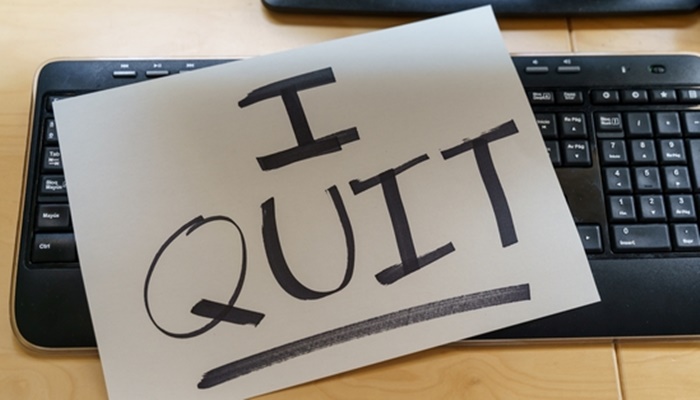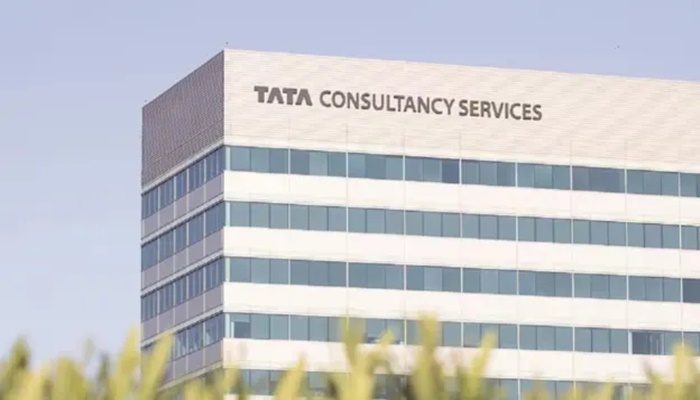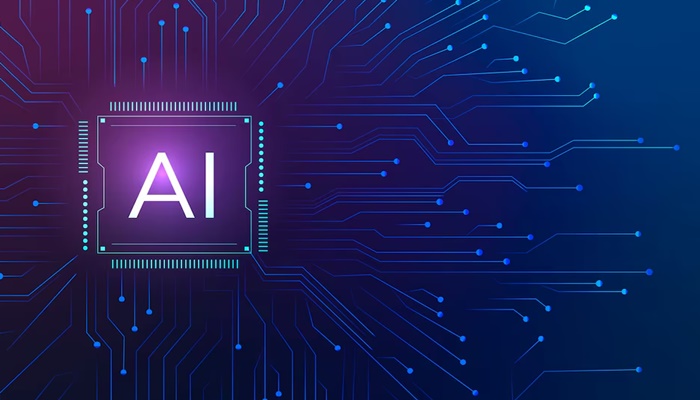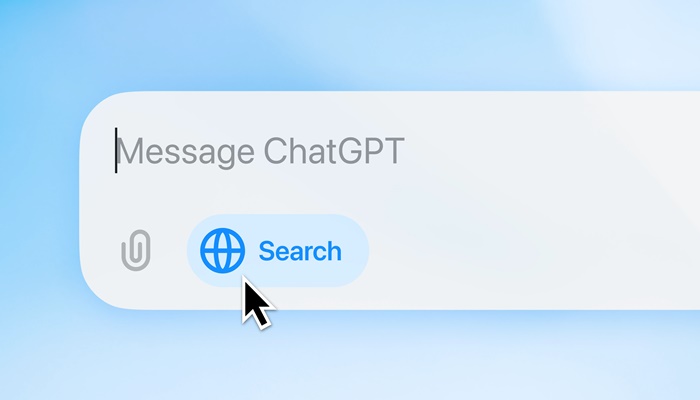It’s rush hour on a crowded train. The usual sights unfold: heads bowed to phones, fingers scrolling endlessly, playlists insulating riders from reality. But here and there, someone sits upright, eyes open, unoccupied.
They’re not meditating. They’re ‘barebacking’ to work. The phrase, recently coined and popularised on TikTok and Reddit, refers to commuting without a single digital distraction. No AirPods. No Spotify. No eBooks. Not even a motivational podcast. It’s just you and your thoughts.
While for some, this trend is being seen as a subtle rebellion against return-to-office (RTO) mandates, however, for many, it’s a way to disconnect and rejuvenate for the next day. As author Anne Lamott wisely said, “Almost everything will work again if you unplug it for a few minutes, including you.”
The science behind barebacking or digital detox: How is it helping?
Scientifically, this practice of digital detox has its own set of benefits. Neuroscientists explain that moments of passive stillness activate the brain’s default mode network, a region linked to introspection, creativity, and emotional processing. When we’re not being stimulated by screens or sounds, the mind is free to wander, solve problems, and reset. It’s like giving your brain room to breathe.
Additionally, a systematic literature review titled ‘Impact of Digital Detox on Mental Well-being’, which analysed studies from 2019 to 2024 on the effects of digital detox on anxiety, depression, stress, and sleep quality, found that reducing social media and screen time significantly improves mental health and overall well-being.
In essence, barebacking is more than just a trend, it’s a form of digital minimalism that challenges the always-on culture. Whether it’s resistance, restoration, or simply a craving for stillness, the message is clear: not everything needs to be filled. Some spaces are better left silent.
Beyond commute: How HR professionals can promote digital detox moments at work
To make digital detox moments a part of the workday, HR professionals can introduce a variety of off-screen initiatives to help employees reclaim their time, reset their focus, and encourage a more mindful approach to their work.
Here are a few suggestions:
- Introduce ‘digital detox Fridays’ policy: Designate one Friday each month as a low-tech day where employees are encouraged to minimise non-essential screen use, avoid back-to-back video calls, and instead focus on strategic thinking, reading, or collaborative offline work. This break from digital overload can enhance creativity and reduce screen fatigue.
- Organise ‘analogue hour’ challenges: Encourage teams to participate in a weekly one-hour window where they engage in fully offline tasks, like brainstorming with pen and paper, reading printed material, or even reflecting with a journal. This shared commitment to analogue time fosters team bonding and creates space for deeper thought.
- Host ‘digital declutter’ workshops: Organise sessions that help employees audit their digital habits, inboxes, calendars, and tool usage. These workshops can offer tips on minimising digital noise, customising notifications, and streamlining workflows, ultimately giving employees back control over their digital environment.
- Encourage managers to take check-ins outdoors: Replace one-on-one video calls or status updates with walking meetings, especially when possible in outdoor settings. This not only reduces screen time but also promotes movement and boosts mental well-being through nature exposure and informal dialogue.
- Celebrate ‘offline wins’ in team huddles: Acknowledge and appreciate employees who embrace digital detox practices, such as completing a project using analogue methods or reducing screen time through better time-blocking. Sharing these wins in team meetings normalises mindful tech use, sparks conversation around balance, and reinforces a culture that values well-being over constant connectivity.
In a world where constant pings and screen glow dominate our days, the rise of barebacking reminds us that silence and solitude aren’t voids to be filled, they’re fertile ground for clarity, connection, and creativity.

